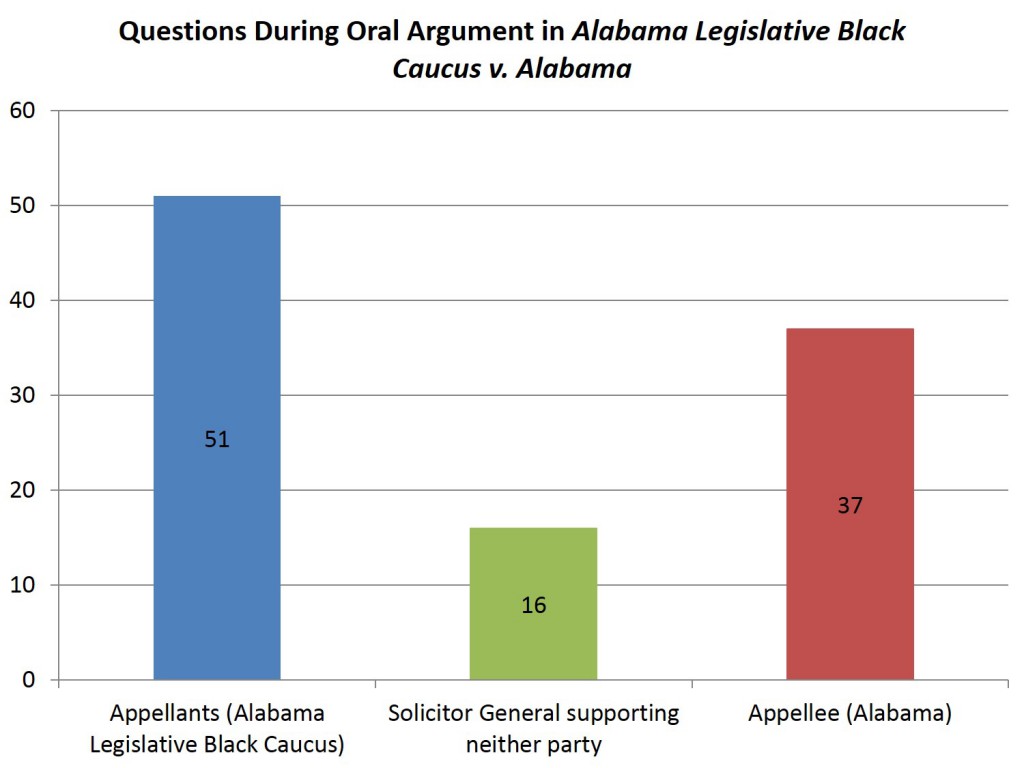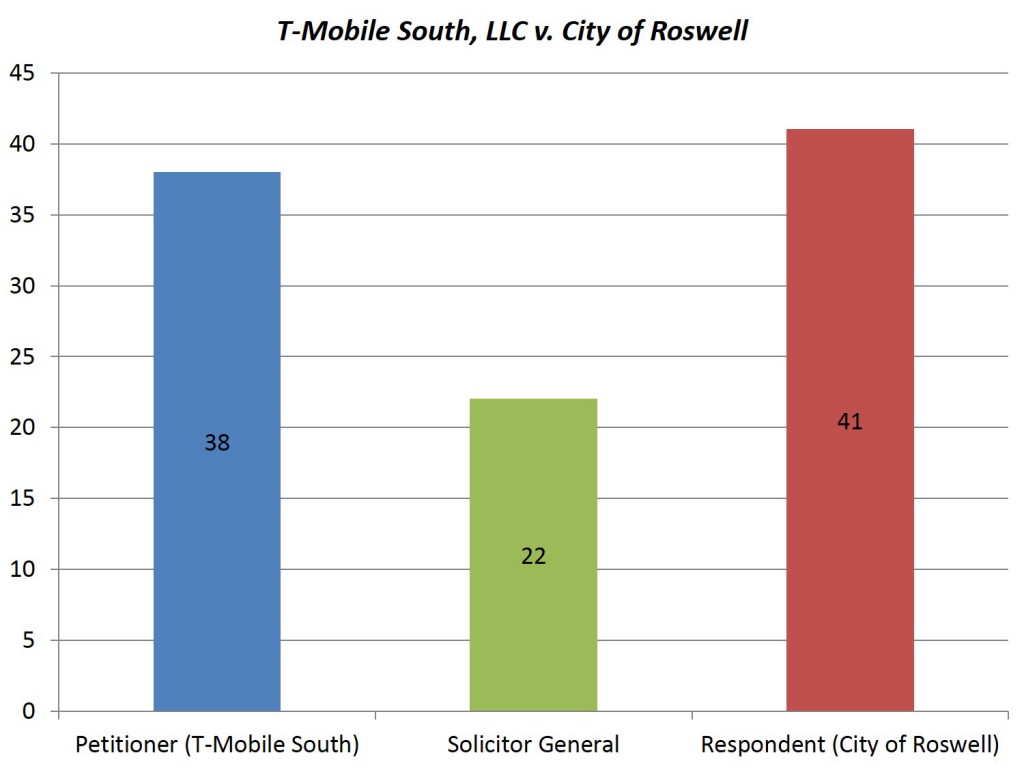The latest issue of the New Yorker has an article by Harvard historian Jill Lepore exploring the theft of thousands of documents from Justice Felix Frankfurter’s papers at the Library of Congress in the early 1970s. In the course of detailing the unsolved mystery of Frankfurter’s missing papers, Lepore provides a brief history of controversies relating to Supreme Court justices and their papers. She also criticizes the justices for their haphazard and excessively secretive practices of preserving their papers and making them available to researchers.
In this post I discuss Lepore’s history of the justices and their papers. In a subsequent post I will consider her critique of the justices’ handling of their papers.
Some of the stories contained in Lepore’s entertaining historical tour of controversies involving the justices’ papers are well known. Most famously, there was the controversy surrounding a memorandum the young William Rehnquist wrote in 1952 while clerking for Justice Jackson. The Court was considering a series of challenges to school segregation that would eventually lead to the Brown decision in 1954. Rehnquist wrote a memorandum for Justice Jackson in which he argued that Plessy v. Ferguson was rightly decided and should be affirmed. When this document surfaced in 1971, it almost derailed Rehnquist’s appointment to the Supreme Court. Rehnquist offered the improbable explanation that he was only describing Jackson’s position. The memorandum was again an issue when Rehnquist was elevated to the Chief Justiceship in 1986.
Other episodes Lepore recounts are probably less familiar. There was Justice Frankfurter going to the University of Louisville, where Justice Louis D. Brandeis had left his papers, and demanding (and receiving) his correspondence with Justice Brandeis. There was Justice Brennan being reprimanded by Chief Justice Rehnquist after sharing one of his case files with a scholar. There were the efforts of Frankfurter’s loyal allies to protect the justice’s legacy by blocking access to his papers while searching for the right person to write the definitive Frankfurter biography (which, Lepore notes, is still to be written).
And then there was “Operation Frustrate the Historians.” Although Lepore only briefly mentions this nugget of Court history, it is, for the Supreme Court historian, a heartbreaking story, and worth a closer look.
Justice Hugo Black, who served on the Supreme Court from 1937 to 1971, was deeply protective of his personal privacy and was a skeptic of academics. His commitment to keeping the prying eyes of the public away from his personal life was, in part, the product of the rocky road he traveled to the Court. Soon after the Senate confirmed his appointment to the Court, the press picked up the story that early in his political life in Alabama, Black had been a member of the Ku Klux Klan. When the resulting public outcry appeared to imperil Black’s place on the Court, he decided to take his case directly to the public through a nationally broadcast radio address. The address—in which he explained that he had been, but was no longer, a member of the Klan, and that he was not a bigot—seemed to quell the controversy. Once seated on the Court, the ex-Senator embraced the more reclusive life of a justice, avoiding the press whenever possible. “I am inclined to think that public officials can be better judged by their public utterances than by their private correspondence, memoranda, and diaries,” he once explained.
Justice Black’s skepticism toward academia was a product of his biography. He lacked the elite academic credentials of many of his colleagues on the Court; his passion for learning was largely autodidactic, and his professed faith in constitutional text and history was generally met with criticism from legal academics.
Black’s commitment to protecting his privacy and his distrust of academics were in full evidence when, in the late 1960s, he refused requests for help from a political scientist named S. Sydney Ulmer. Ulmer was writing an article on the Court’s deliberations in Brown. In a series of correspondence with Ulmer, Black insisted that the inner-workings of the Court should not be the subject of scholarly inquiry. Ulmer sent Black an advance copy of his article, in which he claimed (wrongly) that Black was initially opposed to the Court’s decision in Brown, based on his readings of conference notes by Justice Harold Burton. Black assured the political scientist that he was mistaken, that under no circumstances would he have voted to uphold segregation. But he refused to explain himself any further.
This incident led Black, long a skeptic of scholarly prying into the inner-workings of the Court, to destroy most of his Court papers. It was, his wife explained, “the final nail in the coffin.” As Lepore writes: “‘Operation Frustrate the Historians,’ Hugo Black’s children called it, as the sky filled with ashes the day they made their bonfire.”




